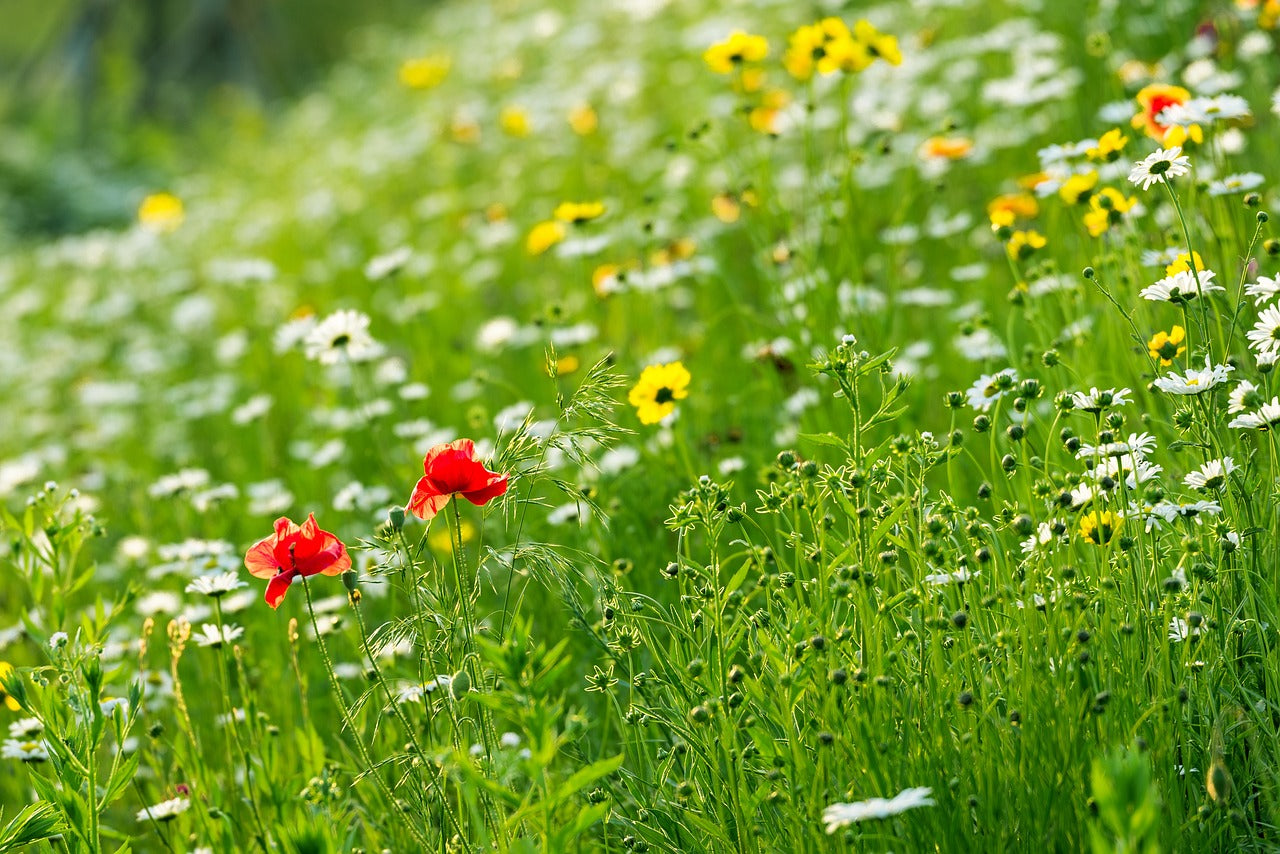In the world of sustainable agriculture, legumes stand out as nature's green rejuvenators, playing a crucial role in enhancing soil health organically. These humble yet powerful plants belong to the family Fabaceae and include peas, beans, lentils, and more. Let's explores the extraordinary benefits of legumes for soil rejuvenation, providing a natural and sustainable approach to nurturing our planet's lifeline.

1. Nitrogen Fixation: One of the key features that make legumes exceptional soil companions is their ability to engage in a symbiotic relationship with nitrogen-fixing bacteria. These specialized bacteria, such as Rhizobia, form nodules on the roots of legumes and convert atmospheric nitrogen into a form that plants can utilize. This process, known as nitrogen fixation, significantly boosts soil fertility by enriching it with this essential nutrient. Farmers and gardeners often use leguminous cover crops to naturally enhance nitrogen levels in the soil, reducing the need for synthetic fertilizers.
2. Carbon Sequestration: Legumes contribute to carbon sequestration, which can be a critical aspect of mitigating climate change. Through a process called carbon sequestration, legumes absorb carbon dioxide from the atmosphere and store it in the soil. This not only helps combat greenhouse gas emissions but also improves soil structure and fertility. The organic matter produced by legumes enriches the soil, enhancing its water retention capacity and promoting a healthier microbial community.
3. Soil Structure Improvement: Legume roots play a vital role in improving soil structure. Their deep, fibrous root systems help break up compacted soil, allowing better water infiltration and root penetration. This natural soil aeration promotes a healthier environment for beneficial soil organisms. Additionally, the decaying root material of legumes adds organic matter to the soil, further enhancing its structure and providing a sustainable source of nutrients for future plant growth.

4. Crop Rotation and Pest Management: Incorporating legumes into crop rotation plans is a traditional and effective method for sustainable agriculture. Legumes disrupt pest and disease cycles by providing a natural break in the life cycle of soilborne pathogens. This reduces the need for chemical interventions, contributing to environmentally friendly and economically viable farming practices.
5. Biodiversity Boost: The cultivation of legumes promotes biodiversity in agricultural ecosystems. Their ability to attract beneficial insects, such as pollinators, contributes to a more balanced and resilient environment. By fostering a diverse ecosystem, legumes support the overall health of the soil and surrounding plant life.
Legumes emerge as unsung heroes in the quest for sustainable and organic soil rejuvenation. Their unique ability to fix nitrogen, enhance soil structure, and contribute to carbon sequestration makes them indispensable allies in the pursuit of healthier, more resilient agricultural systems. By incorporating legumes into our gardening and farming practices, we not only improve the fertility of the soil but also contribute to a more sustainable and harmonious relationship with the land. Let us celebrate the humble legume as a powerful force in nurturing the very foundation of life – our soil.
I use legumes (varieties depending on season) extensively in my crop rotation program. Once the harvest is done I simple cut of the plant at soil level, leaving the roots to decompose in the soil. The benefits for your garden soil mentioned in this blog making this plant family a superstar in my plant world, but what is also as important is to understand their above soil use- as a culinary powerhouse! Highly nutritious they are used in so many dishes all around the world. Stews, Daahls, Tempeh, Falafel, Tofu, Soy Milk, Humus just to name a few. Additionally they are aesthetically pleasing when they grow up the trellis or stand short but lush as dwarf variety.
A true miracle plant from leave to root!









